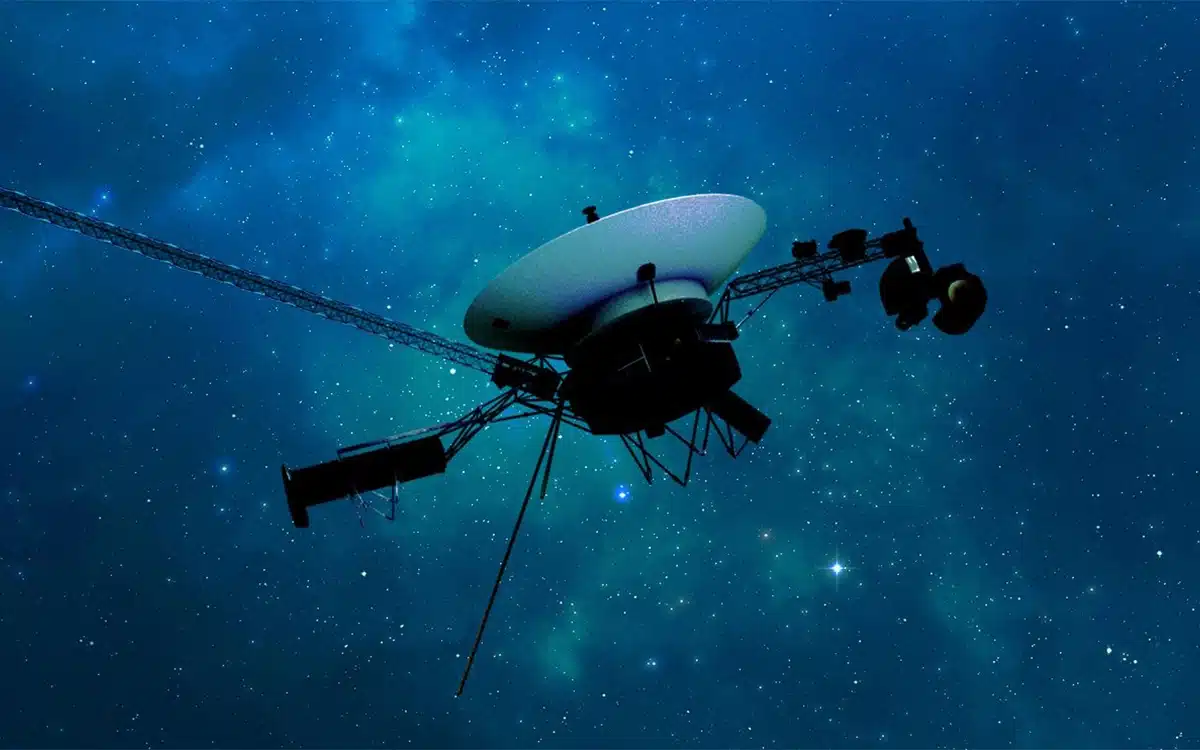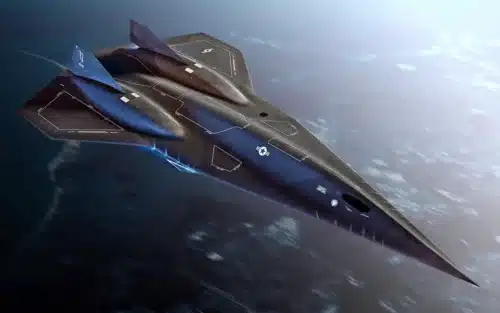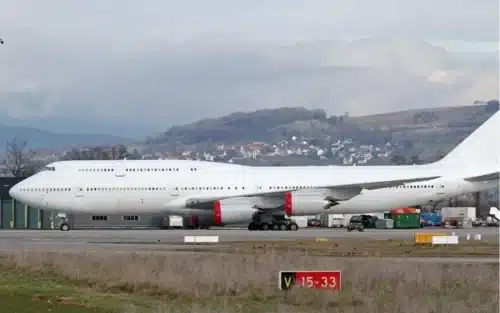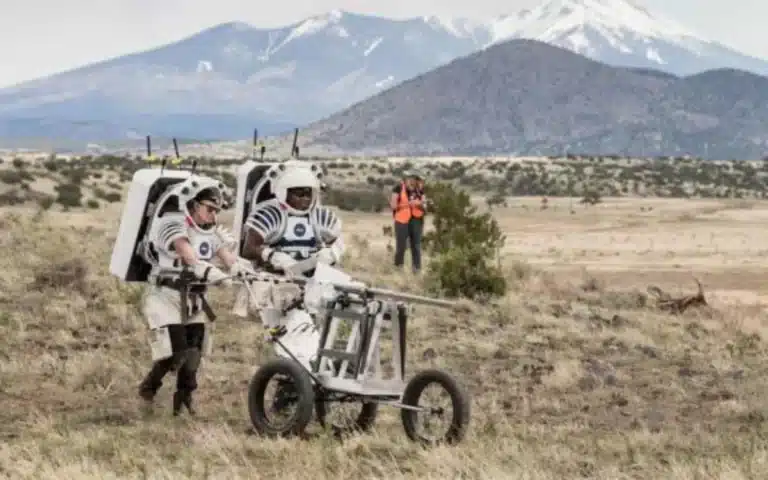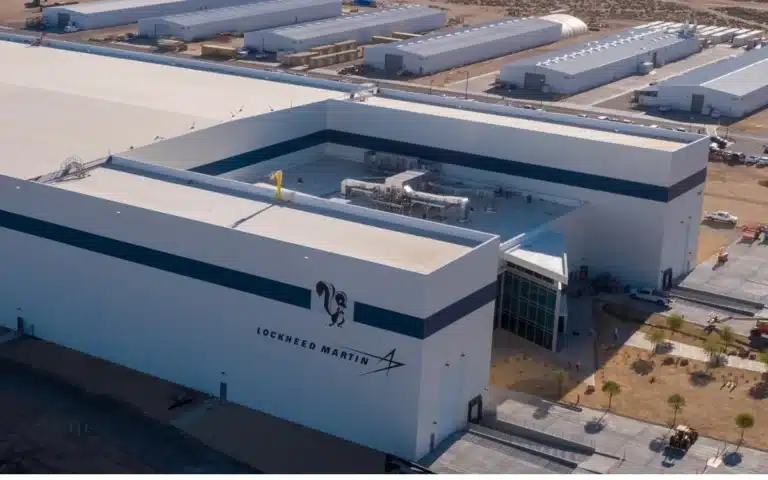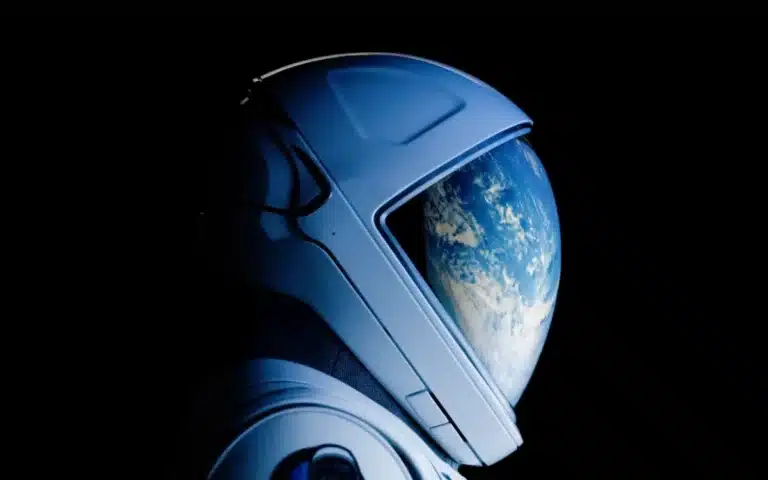After a five-month break, the Voyager 1 spacecraft launched by NASA is finally sending usable data back to Earth again.
The last time it sent relevant data to the space agency’s researchers was back in November 2023.
NASA’s Voyager 1 is the most distant human-made object in existence.
READ MORE: What our very first home on Mars could look like
Launched in 1977, the 47-year-old spacecraft malfunctioned due to a technical glitch in its systems.
As a result, scientists couldn’t make sense of any data it sent back to Earth.
However, NASA engineers figured out the problem and got the spacecraft to function again.
That’s a remarkable feat.
The Voyager 1 is almost five decades old, which means its technology is ancient compared to present-day standards.
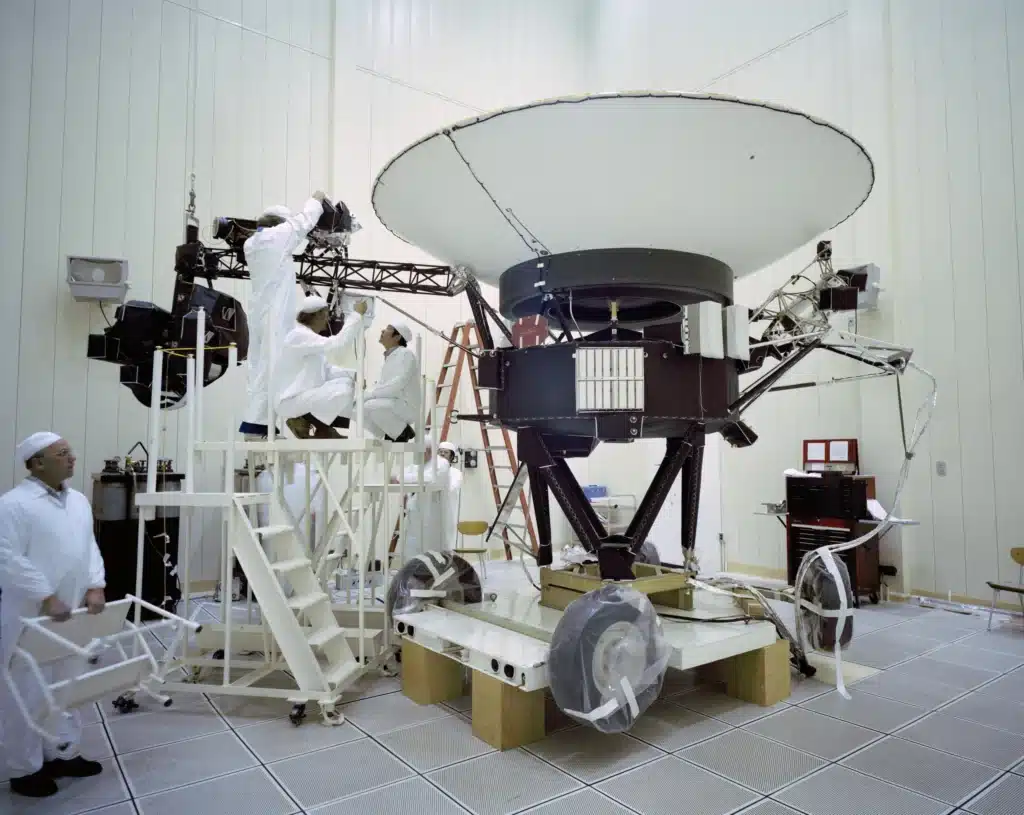
To get something like that to function today is nothing short of a miracle.
Especially when it’s the only spacecraft launched by humans to travel so far away from our solar system.
To put that into perspective, the spacecraft is drifting through interstellar space roughly 15 billion miles from Earth.
A single stream of data from the spacecraft takes around 22.5 hours to travel to Earth and vice versa.
Now, it is quite amazing to receive messages from such a far-away object and then fix it while staying on Earth.
NASA’s space missions are crucial for space exploration, and it might just have found signs of alien life on Mars.
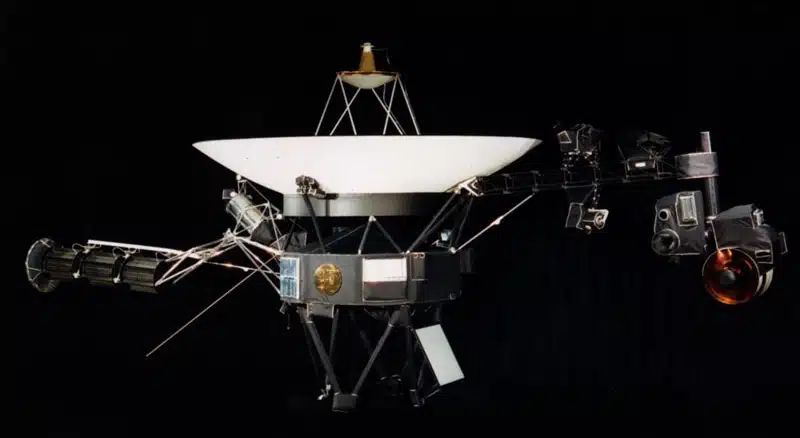
But what was the problem with Voyager 1, and how did NASA engineers get around it?
After its last meaningful data transmission in November, Voyager 1 started sending nonsensical messages.
Engineers at the space agency traced the issue in the spacecraft’s onboard flight data subsystem (FDS) chip.
This chip mostly handles the FDS memory and software code responsible for data transmission.
The team relocated the code within the chip’s memory to get it working again.
And, voila.
Sounding a little more like yourself, #Voyager1.
— NASA JPL (@NASAJPL) April 22, 2024
For the first time since November, Voyager 1 is returning useable data about the health and status of its onboard engineering systems. Next step: Enable the spacecraft to begin returning science data again: https://t.co/eZyqo7uERu pic.twitter.com/6YZM33Mp48
The modifications worked, and the space agency received updates on the spacecraft’s current system status and health.
However, there’s more work to be done to start receiving scientific data again.
The same team is now fixing the remaining code to make it fully functional again.
Thankfully, the Voyager 2, twin of the Voyager 1, continues to work normally.
Both of these spacecraft were part of a common mission to explore interstellar space in our solar system.
